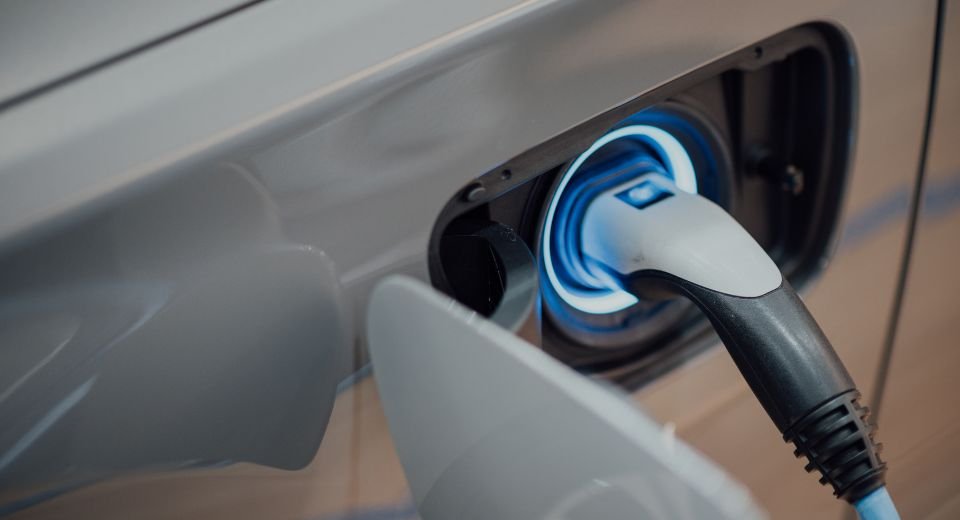HQ Team
July 4, 2023: Sodium fluoride, a compound found in toothpaste, can enhance and protect the next-generation batteries in electric vehicles, according to researchers at the US Department of Energy’s Argonne National Laboratory.
“An exciting new generation of battery types for electric vehicles beyond lithium-ion is on the horizon,” said Zhengcheng (John) Zhang, a group leader in Argonne’s Chemical Sciences and Engineering division.
“Lithium metal batteries with our fluorinated cation electrolyte could considerably boost the electric vehicle industry, and the usefulness of this electrolyte undoubtedly extends to other types of advanced battery systems beyond lithium-ion,” he said.
Lithium-ion batteries are rechargeable batteries that are charged and discharged by lithium ions moving between the negative (anode) and positive (cathode) electrodes.
Hundreds of cycles
The researchers discovered a new fluoride solvent that maintains a protective layer for hundreds of cycles of charge and discharge.
The solvent combines a fluorinated component that is positively charged with a different fluorinated component that is negatively charged. This combination is what scientists call an ionic liquid — a liquid consisting of positive and negative ions.
“The key difference in our new electrolyte is the substitution of fluorine for hydrogen atoms in the ringlike structure of the cation (+ charge) part of the ionic liquid,” Zhang said. “This made all the difference in maintaining high performance for hundreds of cycles in a test lithium metal cell.”
The chemical structure of non-lithium-ion batteries offer twice or more energy stored in a given volume or weight compared to lithium ion. They could power cars for much longer distances and could even power long-haul trucks and aircraft one day.
The expectation is that widespread use of such batteries will help address the problem of climate change. The main problem is that their high energy density declines rapidly with repeated charge and discharge.
Cycle-life problem
In lithium metal batteries, the electrolyte is a liquid consisting of a lithium-containing salt dissolved in a solvent. The root of the short cycle-life problem is that the electrolyte does not form an adequate protective layer on the anode surface during the first few cycles.
This layer, also called solid-electrolyte-interphase (SEI), acts like a guardian, allowing lithium ions to freely pass in and out of the anode to charge and discharge the battery, respectively.
Fluorine cations stuck to and accumulated on the anode and cathode surfaces before any charge-discharge cycling, the researchers found.
“Then, during the early stages of cycling, a resilient SEI layer forms that are superior to what is possible with previous electrolytes,” according to the study.
‘Not flammable’
The team’s new electrolyte offers many other advantages as well.
It is low cost because it can be made with extremely high purity and yield in one simple step rather than multiple steps.
The electrolyte is environmentally friendly because it uses much less solvent, which is volatile and can release contaminants into the environment. And it is safer because it is not flammable, Mr Zhang said.


